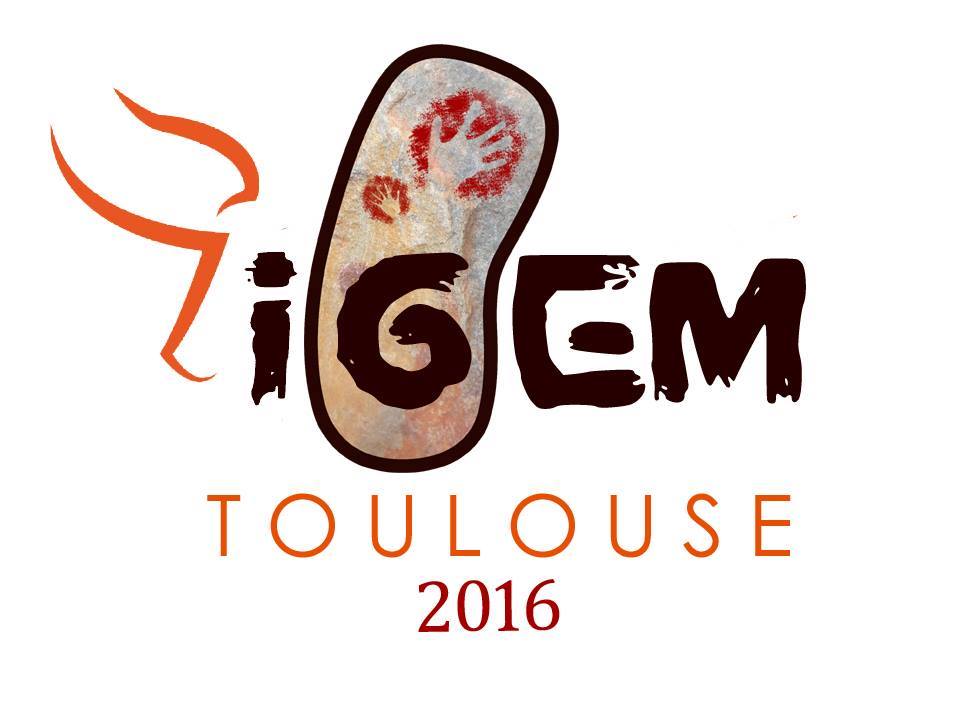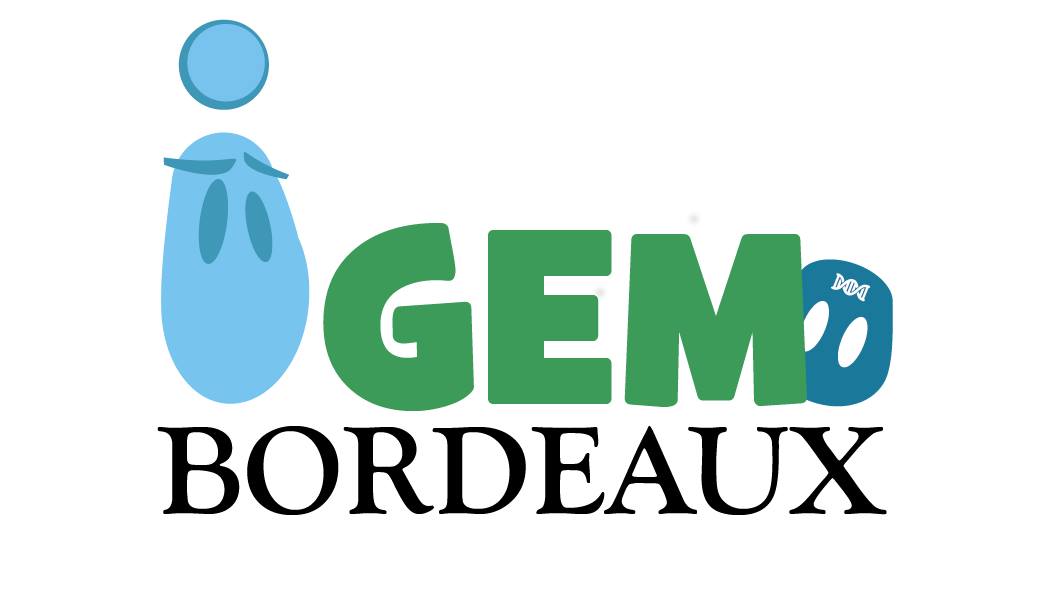(→Data recovery Bordeaux 2016) |
(→Data recovery Bordeaux 2016) |
||
| Line 25: | Line 25: | ||
In order to help the iGEM team Bordeaux, we had to read the paper <b>« Dynamics of plasmid transfer on surfaces »</b> <ref name="Dynamic">[http://www.microbiologyresearch.org/docserver/fulltext/micro/136/6/mic-136-6-1001.pdf?expires=1476877711&id=id&accname=guest&checksum=2F0A0D5E398EA4193E7D9B5926D0CCE5 Lone Simonse Department of Zoology, University of Massachusetts, Amherst, MA 01003, USA .]</ref> and collect and organize some data about their experiments on plasmids transfer. Thanks to this, the iGEM team Bordeaux can compare those results to their own computaionnal results. | In order to help the iGEM team Bordeaux, we had to read the paper <b>« Dynamics of plasmid transfer on surfaces »</b> <ref name="Dynamic">[http://www.microbiologyresearch.org/docserver/fulltext/micro/136/6/mic-136-6-1001.pdf?expires=1476877711&id=id&accname=guest&checksum=2F0A0D5E398EA4193E7D9B5926D0CCE5 Lone Simonse Department of Zoology, University of Massachusetts, Amherst, MA 01003, USA .]</ref> and collect and organize some data about their experiments on plasmids transfer. Thanks to this, the iGEM team Bordeaux can compare those results to their own computaionnal results. | ||
| − | + | [link=https://2016.igem.org/Team:Aix-Marseille/Collaborations/Bordeaux Here is a summary of this article.] | |
| − | + | ||
| − | + | ||
| − | + | ||
| − | + | ||
| − | + | ||
| − | + | ||
| − | + | ||
| − | + | ||
| − | + | ||
| − | + | ||
| − | + | ||
| − | + | ||
| − | + | ||
| − | + | ||
| − | + | ||
| − | + | ||
| − | + | ||
| − | + | ||
| − | + | ||
| − | + | ||
| − | + | ||
| − | + | ||
| − | + | ||
| − | + | ||
| − | + | ||
| − | + | ||
| − | + | ||
| − | + | ||
| − | + | ||
| − | + | ||
| − | + | ||
| − | + | ||
| − | + | ||
| − | + | ||
| − | + | ||
| − | + | ||
| − | + | ||
| − | + | ||
| − | + | ||
| − | + | ||
| − | + | ||
| − | + | ||
| − | + | ||
| − | + | ||
| − | + | ||
| − | + | ||
| − | + | ||
| − | + | ||
| − | + | ||
| − | + | ||
| − | + | ||
== Colaboration made by [https://2016.igem.org/Team:Pretoria_UP Pretoria 2016] == | == Colaboration made by [https://2016.igem.org/Team:Pretoria_UP Pretoria 2016] == | ||
Collaborations
Our collaborations
Modeling for Toulouse 2016
We conceived a model of plasmid loss for the Toulouse team.
Data recovery Bordeaux 2016
In order to help the iGEM team Bordeaux, we had to read the paper « Dynamics of plasmid transfer on surfaces » [1] and collect and organize some data about their experiments on plasmids transfer. Thanks to this, the iGEM team Bordeaux can compare those results to their own computaionnal results.
[link=https://2016.igem.org/Team:Aix-Marseille/Collaborations/Bordeaux Here is a summary of this article.]
Colaboration made by Pretoria 2016
The iGEM team Pretoria 2016 hepled us focusing on the socio-economic and political issues facing the current platinum sector, including the Marikana strikes.
You can find their work here.- ↑ [http://www.microbiologyresearch.org/docserver/fulltext/micro/136/6/mic-136-6-1001.pdf?expires=1476877711&id=id&accname=guest&checksum=2F0A0D5E398EA4193E7D9B5926D0CCE5 Lone Simonse Department of Zoology, University of Massachusetts, Amherst, MA 01003, USA .]




